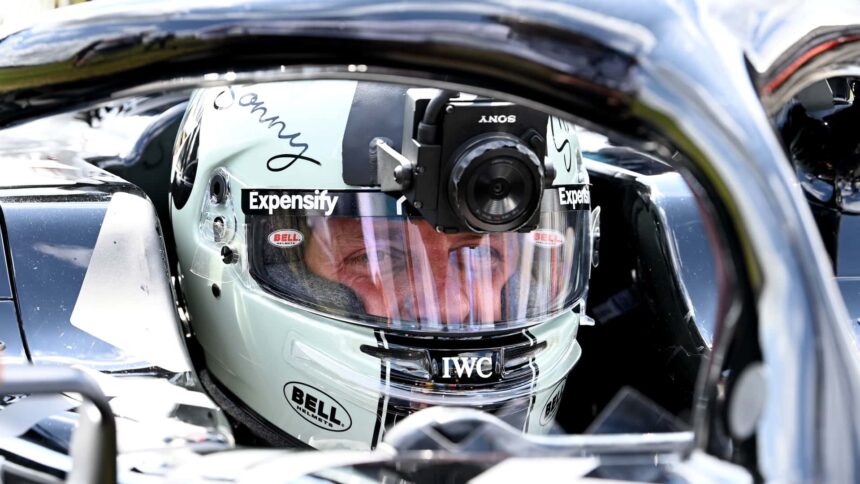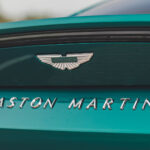Formula 1 cars are equipped with a total of nine cameras, each serving a unique purpose to provide viewers with unparalleled coverage during broadcasts. The intricate process of how these cameras transmit video from the car to our screens is truly fascinating, as highlighted in a recent video from F1.
One of the most recognizable cameras is the top-down view camera located in the “T” structure on top of the car, offering a forward-facing perspective. Additionally, there are front-facing nose cameras, a rear-facing camera on the rear impact structure, side cameras on either side of the chassis, a driver-facing camera in the cockpit, and a 360 camera mounted in front of the driver on the body. Notably, there is even a camera inside the helmet of every driver.
Each camera is equipped with its own processor, capable of running on power from the car or an internal battery. This ensures that footage can still be recorded for 15 to 20 minutes even if the car is turned off or involved in a crash. The footage is transmitted out of the car through a Formula 1 Interface Unit (FIU), which records and allows producers to adjust audio levels for a better viewing experience.
The in-helmet camera, considered one of the most impressive in the set, is a complex piece of technology. F1 works closely with helmet manufacturers to mount the camera lens on the right side of the driver’s head and embed a processor into the helmet. It is connected to the car through a cable that hangs from the helmet and links to the car’s wiring harness.
In addition to cameras, F1 cars also feature two microphones mounted on the body to capture engine sounds and other audio, enhancing the overall viewing experience. Onboard camera manager Dino Leone has revealed that F1 has plans to introduce more cameras in the near future, further enhancing the coverage of on-track action.
The integration of cameras and microphones on Formula 1 cars showcases the continuous innovation and technological advancements in the sport. With a focus on providing viewers with immersive and dynamic coverage, the use of multiple cameras and microphones plays a crucial role in enhancing the overall viewing experience of Formula 1 races.






